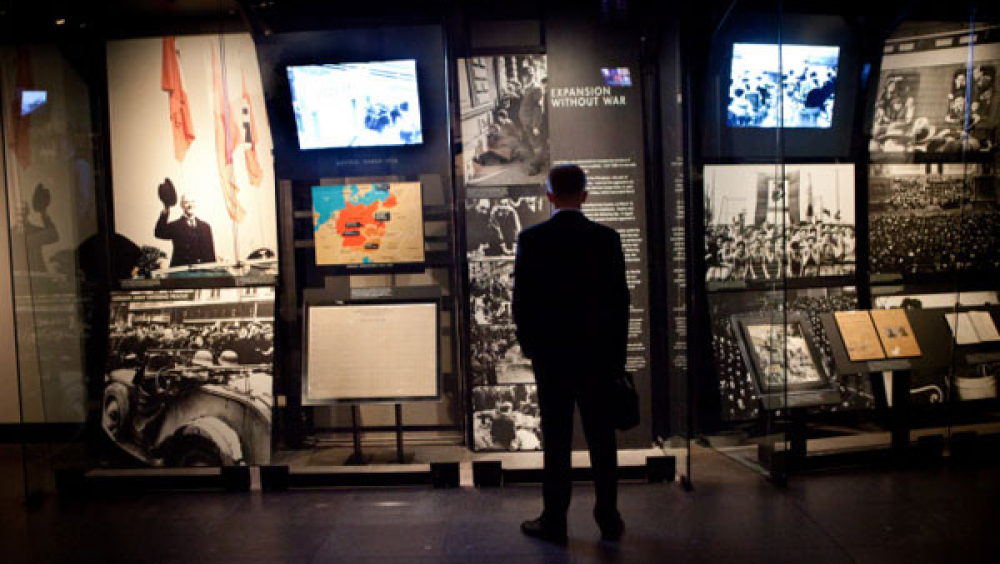Settela - the story of Sinti and Roma in Kamp Westerbork
Establishing the Roma and Sinti genocide as a generally recognized part of Europan history in European countries faces the difficulty that a general consensus on historical narratives is often lacking. This story seeks to establish a narrative that does justice to the most important aspects of the history of persecution in the Netherlands and the place were the first steps of the genocide took place.
It is 19th May, 1944. In Westerbork, a nazi transitcamp in the Netherlands, a train is ready for departure. A film shows a shot of a line of goods wagons. Men, women and children all looking for a place on the wooden planks in the wagons. They wait, talk, say goodbye. A woman is brought to the train on a stretcher. Guards smoke cigarettes on the platform. One of them has brought his dog. In the doorway of the train is a young girl. She has a thin face and wears a headscarf. Her eyes flash left and right. On the wagon’s outer planking is chalked ’73 Persons’. The film clip is seven seconds long. The doors are then closed and the train moves away, transporting the occupants to Auschwitz-Birkenau.
The film is the last visible reminder of the 245 Sinti and Roma people who were deported by the Nazis from the Netherlands on 19th May, 1944. The girl’s photograph is recognised throughout Europe and is frequently shown when the Holocaust is discussed. It was originally thought that the girl was Jewish but a journalist discovered that she was in fact the Sinti girl Settela Steinbach.
Camp Westerbork is the story of one murder, taking place 102 000 times. A man, a woman, a father, a mother, a grandfather, a grandmother, a brother, a sister, a cousin, a niece, a nephew. 245 of them were Sinti and Roma. One of them was Settela.
There are challenges we face in teaching about the history of a group that is both the largest minority in Europe and according to the European Commission, the most marginalized one. The lack of an awareness of the relation between the history of persecution and the mass murder perpetrated on this minority and the continual stereotyping and exclusion in post-war Europe is a crucial point to adress. It offers the opportunity to make clear why it is so important to include the history of the persecution of Roma and Sinti minoritiesin the general historical narrative. At the same time it shows the necessity of speaking out against the discrimination and violation of the human rights of Roma and Sinti in Europe today. EHL-sites as visible and tangible spaces in the landscape of remembrance can contribute to educate Europe's future citizens about this history.
